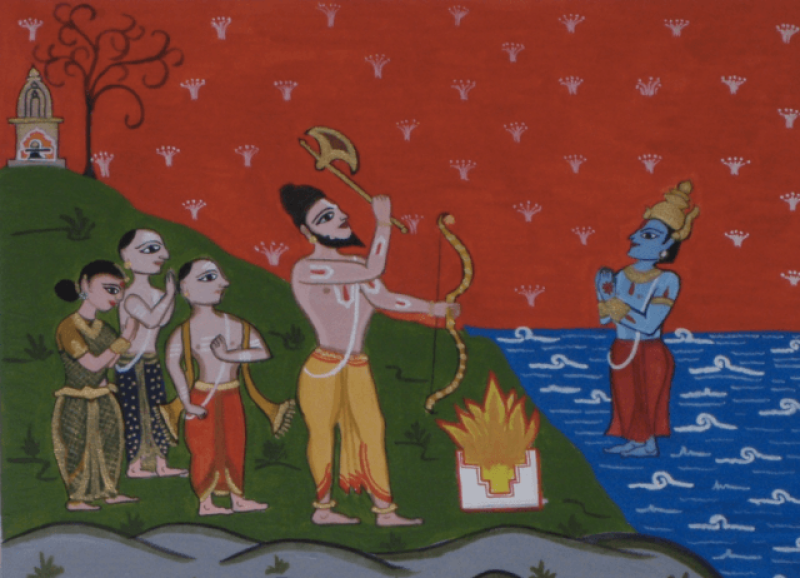The GLP aggregated and excerpted this blog/article to reflect the diversity of news, opinion and analysis.
Over 1,500 years ago, the Gupta emperors ruled large parts of India. They helped consolidate the nation, but they also popularized India’s caste system, making it socially unacceptable for people to marry outside their castes. Now, a new analysis of genetic variation among contemporary Indians has revealed that this social shift left a distinctive genetic signature behind.
A group of researchers in India conducted this analysis by comparing the genomes of hundreds of Indians from throughout the country. As they write in a paper published today in Proceedings of the National Academy of Science, samples came from “367 unrelated individuals drawn from 18 mainland and two island (Andaman and Nicobar Islands) populations selected to represent geographic, linguistic, and ethnic diversities.” Previous studies had suggested that today’s Indians came from two ancestral populations, but the new analysis revealed four distinct “haplotypes,” or bundles of genetic elements that travel through generations in a package. People with the same haplotypes likely came from the same ancestral groups. The researchers also found a fifth haplotype among people of the Andaman archipelago.
It appears there was a good deal of intermarriage in ancient India between populations from Africa, South Central Asia, and East Asia, which shows up in genomes of people who possess genetic sequences typical of two or more haplotypes.
But then there is a sea change about 1,500 years ago.
Read full, original post: The caste system has left its mark on Indians’ genomes































